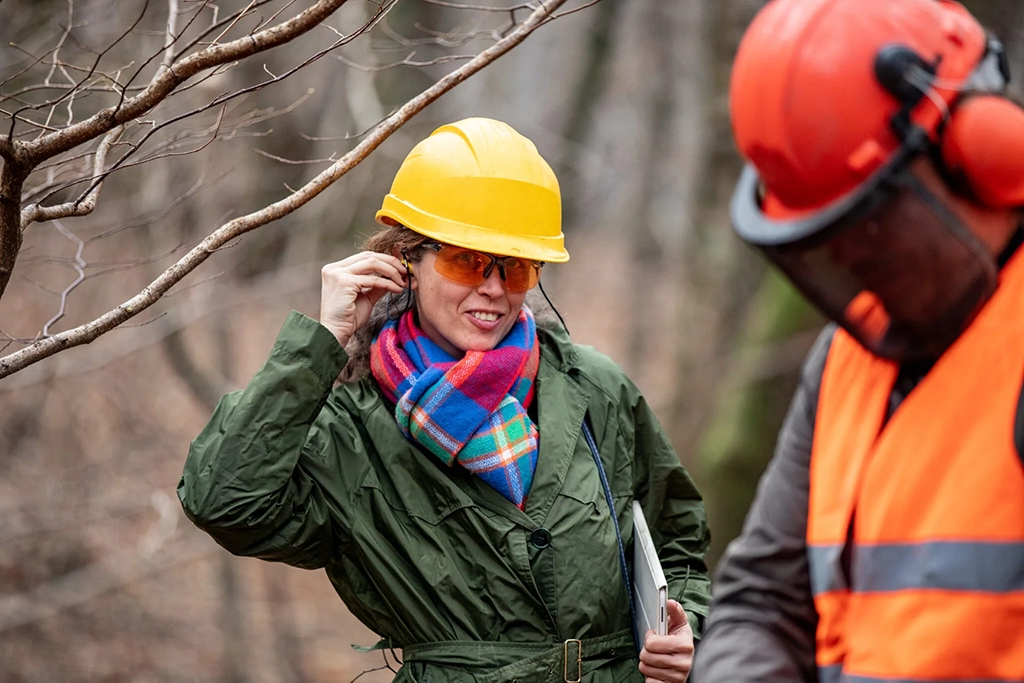How Loud is Too Loud?

Have you ever wondered at what point a loud noise is doing damage to your ears – or if there’s even any way to determine when “loud” changes from annoying to potentially hazardous?
Sometimes it’s obvious when we’ve been in an environment that’s too noisy for too long, because when we move to a quieter spot, we discover that we can’t hear as well as we normally do – at least until our ears get a respite and are able rebound from the onslaught.
You’ve probably experienced this after being at a rock concert where decibel levels can often reach as high as 110 – a level that can potentially cause hearing loss in less than five minutes.1
To put that into context, a soft whisper is 30 dB and a normal conversation is about 60 dB. Most clinical experts agree that the harmful threshold is 85 dB, depending upon how long you’re exposed to that level of noise.
But even lower decibel levels can eventually do damage if we’re in that environment for too long.
When is too much, too much?

Our ears can only take a certain amount of noise during the course of a day before we cross into hazardous territory. According to the CDC2, this is how fast we might reach that maximum amount:
8 hours – 85 dB
4 hours – 88 dB
2 hours – 91 dB
60 minutes – 94 dB
30 minutes – 97 dB
15 minutes – 110 dB
To get a better idea of how loud that actually is, here are the decibel levels of some common sounds we likely hear nearly every day3:
- Gas powered lawnmowers and leaf blowers: 80 – 85 dB
- Motorcycle: 95 dB
- Approaching subway train, car horn at 5 meters, sporting events: 100 dB
- Maximum volume on personal listening devices, TV, and stereos; rock concerts, bars and nightclubs: 105 – 110 dB
- Shouting or barking close to the ear: 110 dB
- Standing beside or near sirens: 120 dB
- Firecrackers: 140 – 150 dB
If you are repeatedly exposed to sounds at these decibel levels, it can cause hearing loss. The problem is, while noise-induced hearing loss is completely preventable, once you have it, it’s permanent and irreversible.
Minimize your risk
The extent of damage caused by excessive noise and the speed of onset depends on the length of your exposure to the noise, the sound level, your proximity to the source of the noise, and your level of hearing protection. If you’re curious about how loud your environment actually is, there are free sound level meter apps that allow you to test decibel levels on your smartphone.
The fact is, sometimes you simply can’t avoid noise. When that’s the case, always make sure to protect your ears. If that means wearing earmuffs, popping in custom ear plugs or moving out of the noisy environment as often as you can to give your ears a break, do it.
If you do think you may be experiencing hearing loss, get your hearing checked as soon as possible. Since even mild hearing loss is associated with cognitive decline, it’s important not to wait before seeking treatment.
If you’re wondering how your hearing has been standing up to the noise you experience every day, take advantage of a free, comprehensive hearing assessment and a free, 30-day hearing aid trial at a HearingLife clinic near you.
HearingLife forms the largest network of hearing clinics with over 350 network clinics across Canada. Staffed by certified hearing healthcare professionals, HearingLife offers the most advanced hearing aid technology and up-to-date diagnostic equipment, as well as clinical support and exclusive 360-AfterCare. #LoveYourEars and visit HearingLife to book an appointment for your free trial today.
SOURCES
1,3 https://www.cdc.gov/nceh/hearing_loss/what_noises_cause_hearing_loss.html
2 https://blogs.cdc.gov/niosh-science-blog/2016/02/08/noise/